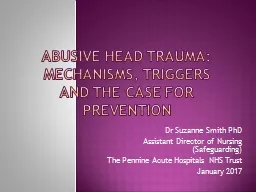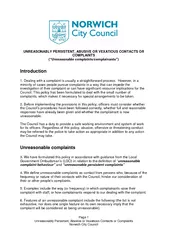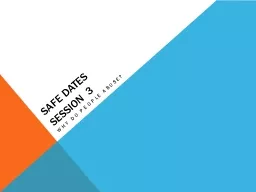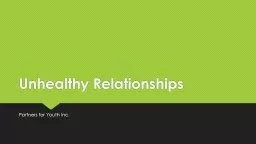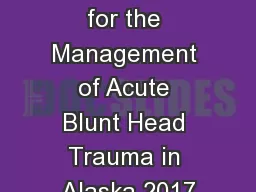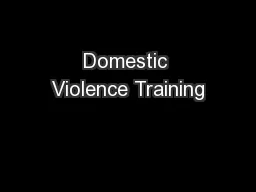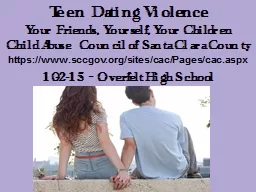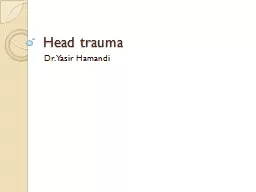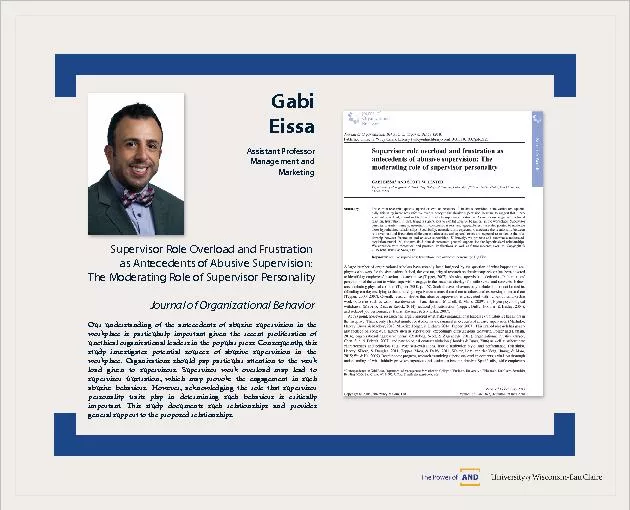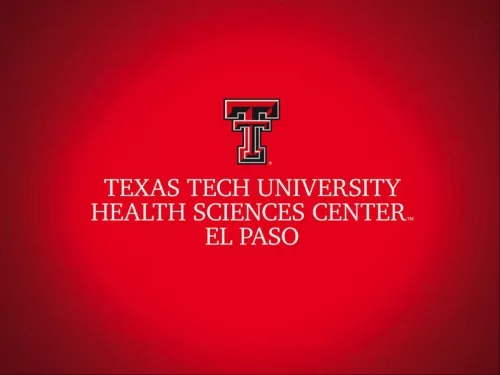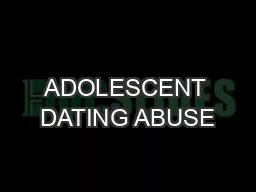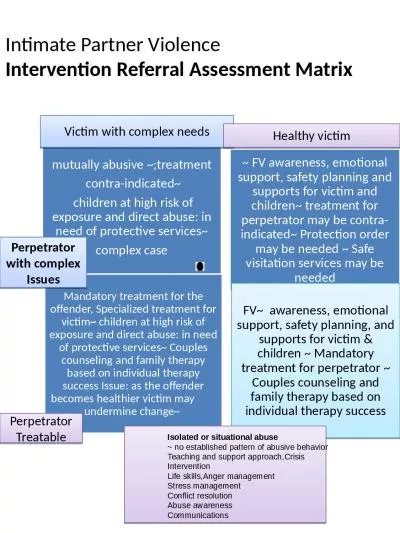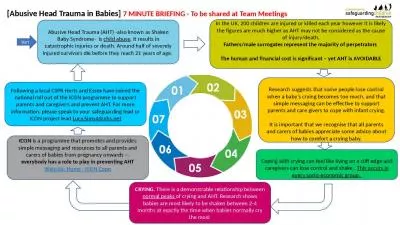PPT-Abusive Head Trauma:
Author : natalia-silvester | Published Date : 2017-09-21
Mechanisms Triggers and THE Case for prevention Dr Suzanne Smith PhD Assistant Director of Nursing Safeguarding The Pennine Acute Hospitals NHS Trust January 2017
Presentation Embed Code
Download Presentation
Download Presentation The PPT/PDF document "Abusive Head Trauma:" is the property of its rightful owner. Permission is granted to download and print the materials on this website for personal, non-commercial use only, and to display it on your personal computer provided you do not modify the materials and that you retain all copyright notices contained in the materials. By downloading content from our website, you accept the terms of this agreement.
Abusive Head Trauma:: Transcript
Download Rules Of Document
"Abusive Head Trauma:"The content belongs to its owner. You may download and print it for personal use, without modification, and keep all copyright notices. By downloading, you agree to these terms.
Related Documents

